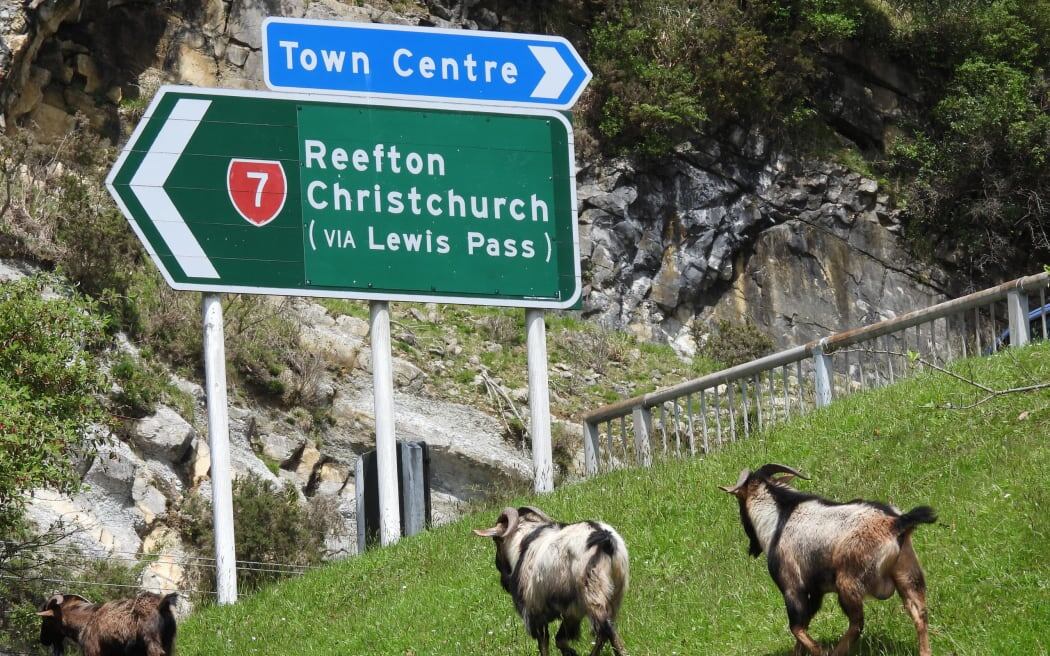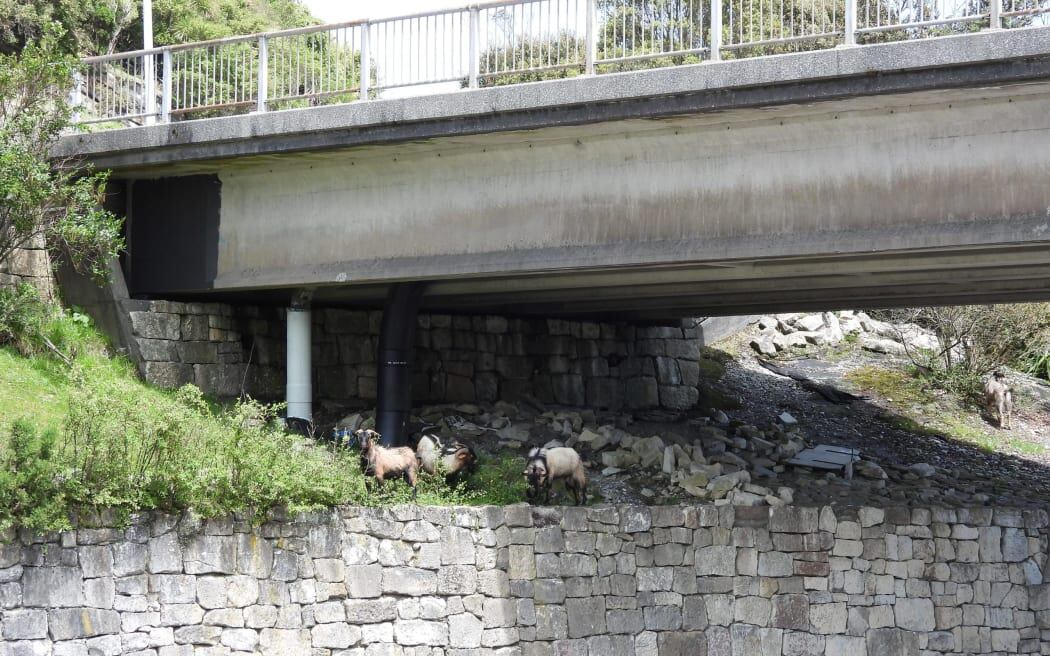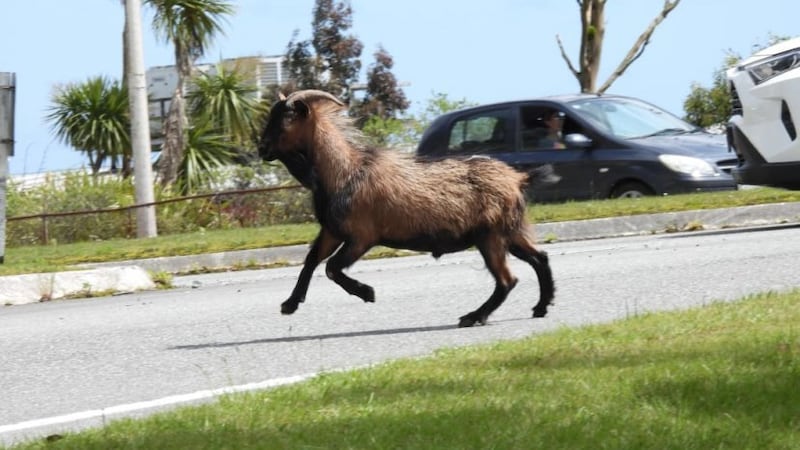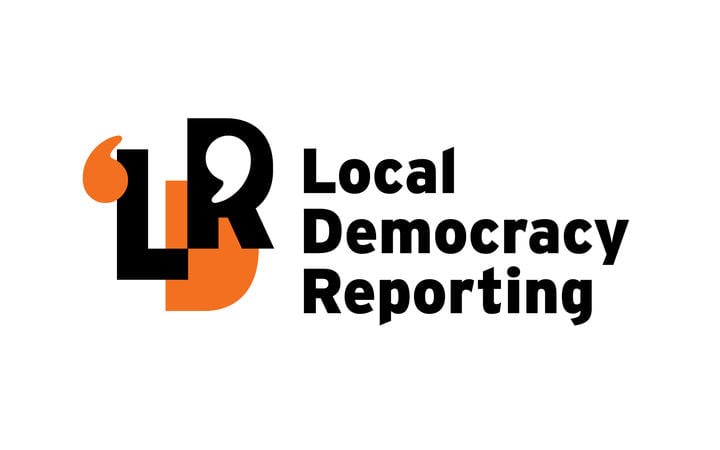A goat negotiates Greymouth's busiest intersection at the Cobden Bridge exit to Greymouth on State highway 6. Photo / Brendon McMahon / Greymouth Star
The Department of Conservation says it will be ramping up control of feral goats on the West Coast of Te Waipounamu.
Kahurangi National Park will be the main area of interest, with a 4000ha block at Oparara, adjoining an area where goats have been seen in the vicinity of the Heaphy Track.
Wild goat populations areas around Springs Junction and between Rotomanu and Arthur's Pass are also in focus.
The elimination of a small population in the Westland Tai Poutini National Park in South Westland is also planned, DOC Hokitika operations manager Owen Kilgour told the West Coast Conservation Board.
The Paparoa National Park area was already subject to a "considerable amount" of goat control and would continue to get some investment for that into the future.
DOC came in for criticism from Coast Road locals during the stewardship land review public hearings, with claims that the goat population was out of control in the Paparoa Range, with estimates of as many as 40,000.
Kilgour said it had been broadly acknowledged and well known that there had been "quite an increase" in the spread of unwanted animals on DOC land in recent years.
Under the Te Ara ki Mua framework, to manage wild goats, deer, pigs, tahr, and chamois, 82 percent of the sites being monitored had deer and goat present, with a 48 percent increase in the numbers of those animals in the past seven years.

Feral goats in groups are a common presence throughout the West Coast including within 100m of the Greymouth town centre, as pictured here near the Cobden Bridge, where dozens of animals are regularly seen to browse. Photo: Brendon McMahon / Greymouth Star
The framework supports the implementation plan for the Aotearoa New Zealand Biodiversity Strategy.
Under the framework, goat control was going to be the immediate emphasis for the West Coast area.
"They really do the most damage," he said.
Kilgour, who is leading the regional wide goat control programme, said culling feral animals in the conservation estate was a key priority for the department. In a national context, it had a number of programmes including the national predator control programme and the tahr programme.
Kahurangi National Park had a long history of goats but there had not been a single integrated strategy to deal with it.
"Goat distribution within the park is increasing, anecdotally."
A 2016 case study in the vicinity of Lake Christabel near Lewis Pass and the Maruia Valley found it was "likely feasible" to eradicate the wild goat population there.
The approach had been to focus on about a quarter of the study area each year.
"With new funding available, what we have been able to do is hunt the block in one go."
Following a 10-day effort with 10 hunters with dogs on the ground and to find no goats in the area for three consecutive years was "a real win".
It also enabled the department to hunt more broadly for goats in the area.

Goats browsing beneath the Cobden Bridge, just metres from the Greymouth Warehouse. Photo / Brendon McMahon / Greymouth Star
Kilgour said the department wanted to engage with landowners and the hunting fraternity as well as build up its Hokitika-based regional hunting team.
Goats had been a DOC focus for a long time on the West Coast but a $30 million budget increase for wild animal management over the next four years would enable feral goat culling to scale up significantly.
"The funding is being used for deer management and goat control much broader than simply controlling animals."
Kilgour said control methods in the past using ground hunting and aerial control by contractors and the DOC hunting team was moving to more evidence-based operational plans. This would see the permanent DOC hunting team used more in conjunction with contractors and the community.
He noted that use of emerging technology such as thermal imaging and drones was also proving "extremely effective".


